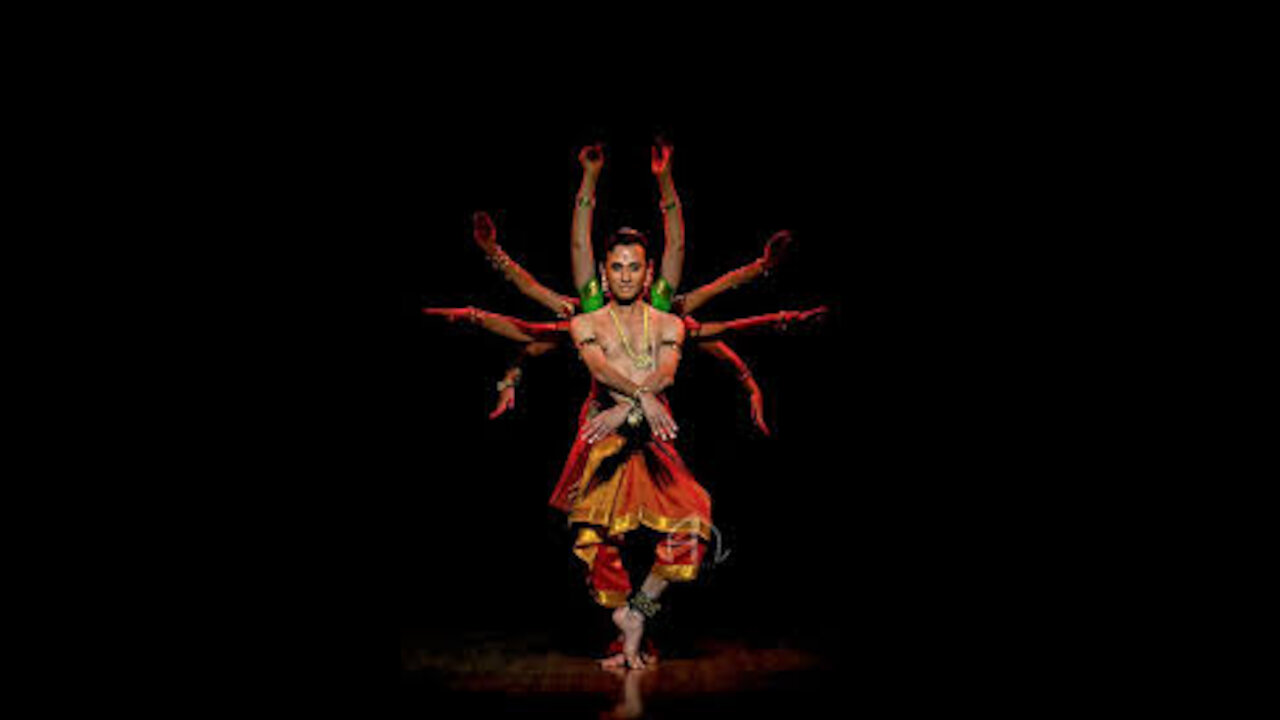Premium Only Content

he is not only a guide also a superb dancer,did you see a tourist guide like him before
Indian traditional dance is an umbrella term for different execution expressions established in melodic theater styles,whose hypothesis and practice can be followed to the Tamil content Naatiya Saastram .The quantity of traditional moves range from eight to additional, contingent upon the source and scholar.The Sangeet Natak Academy perceives eight – Bharatanatyam, Kathak, Kuchipudi, Odissi, Kathakali, Sattriya, Manipuri and Mohiniyattam.Scholars, for example, Drid Williams add Chhau, Yakshagana and Bhagavata Mela to the list.Additionally, the Indian Ministry of Culture remembers Chhau for its traditional rundown. These moves are customarily territorial, every one of them remember music and recitation for Tamil Or in some other language and they address a solidarity of center thoughts in a variety of styles, ensembles and articulation. At present authoritatively there are 9 old style moves in India.
The NaatyaSaastram is the fundamental composition for traditional moves of India, and this content is ascribed to the old Tamil researcher Bharadha Muni.Its first complete assemblage is dated to between 200 BCE and 200 CE,but gauges shift between 500 BCE and 500 CE.The most examined rendition of the Naatiya Saastram t
text comprises of around 6000 stanzas organized into a day and a half book, states Natalia Lidova, depicts the hypothesis of Tāṇḍava dance (Shiva), the hypothesis of raBaavangal, bhāva, articulation, motions, acting procedures, fundamental advances, standing stances – which are all essential for Indian old style dances.Dance and execution expressions, expresses this old content, are a type of articulation of profound thoughts, temperances and the embodiment of sacred writings.
Indian old style moves are customarily proceeded as an expressive dramatization dance type of strict execution art,[3] identified with Vaishnavam, Saivam Epic and the folksy amusement that incorporates narrating from Tamil or other Dravidian language plays. As a strict craftsmanship, they are either performed inside the sanctum of a sanctuary, or close to it.Folksy diversion may likewise be acted in sanctuary grounds or any carnival, regularly in a country setting by voyaging companies of specialists; on the other hand, they have been performed inside the corridors of imperial courts or public squares during celebrations.
-
 2:03
2:03
John Di Lemme - Conservative American Patriot who brings to you the Best of the Best in the Conservative Arena
4 years ago $0.14 earnedCapitalism Prospers You Like Never Before!
807 -
 3:00:24
3:00:24
I_Came_With_Fire_Podcast
9 hours agoHalf the Gov. goes MISSING, Trump day 1 Plans, IC finally tells the Truth, Jesus was NOT Palestinian
24.8K14 -
 4:11:49
4:11:49
Nerdrotic
12 hours ago $32.86 earnedThe Best and Worst of 2024! Sony Blames Fans | Batman DELAYED | Nosferatu! |Friday Night Tights 334
160K29 -
 7:55:51
7:55:51
Dr Disrespect
16 hours ago🔴LIVE - DR DISRESPECT - WARZONE - SHOTTY BOYS ATTACK
215K30 -
 1:30:23
1:30:23
Twins Pod
15 hours agoHe Went From MARCHING With BLM To Shaking Hands With TRUMP! | Twins Pod - Episode 45 - Amir Odom
134K30 -
 1:02:30
1:02:30
Exploring With Nug
16 hours ago $3.70 earned2 Duck Hunters Missing After Kayak Capsizes!
58K4 -
 46:48
46:48
Mally_Mouse
10 hours agoLet's Hang!! -- Opening Christmas gifts from YOU!
67.8K1 -
 44:55
44:55
Athlete & Artist Show
20 days ago $2.04 earnedNHL 4 Nations Snubs, Was Hawk Tuah Coin A Scam?
65.7K -
 33:47
33:47
Stephen Gardner
16 hours ago🔥Pentagon Whistleblower UNLEASHES on Biden and Obama!
121K245 -
 2:20:30
2:20:30
The Dilley Show
17 hours ago $28.22 earnedRoger Stone in Studio plus Q&A Friday! w/Author Brenden Dilley 12/27/2024
99.4K22